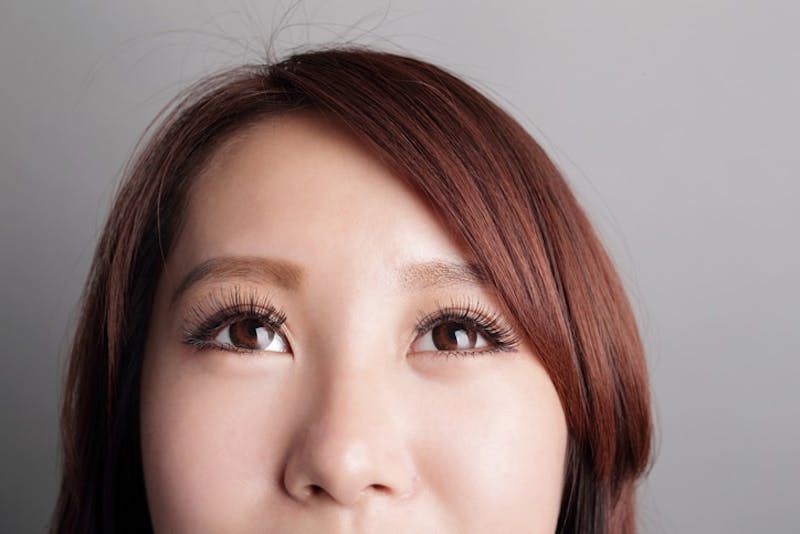
The eyelids get a lot of suns. This makes them susceptible to developing skin cancer. Eyelid skin cancers account for up to 10 percent of all skin cancers. Fortunately, most of them are non-melanoma forms of skin cancer, basal cell, and squamous cell carcinomas.
Dr. Levin works with numerous dermatologists who diagnose the skin cancer and then send the patient to Dr. Leven to remove the tumor and reconstruct the eyelid.
Most common types of eyelid cancer
About 90% of all eyelid cancers are the basal cell skin cancer variety. Basal cell carcinomas, like squamous cell carcinomas, are the result of the amount of sun exposure over time. While not nearly as dangerous as melanoma, basil cell carcinomas still need to be removed as they continue to grow and begin to impact the function of the eyelid.
• Basal cell carcinoma— Under the squamous cells in the lower epidermis are round cells known as basal cells. Overall, around 80% of skin cancers come from this layer in the skin. Basal cell carcinomas usually appear in the lower lid and most often in people with fair skin.
• Squamous cell carcinoma— The top layer of the epidermis consists of mainly squamous cells, and up to one-third of skin cancers form in this part of the skin. Although less common than basal cell carcinoma, squamous cell carcinoma grows more aggressively and can spread more easily to nearby tissues. Squamous cell carcinomas are rare on the eyelids.
Surgery to remove eyelid cancer
Eyelid skin cancer usually occurs on the lower eyelid, but it can be found elsewhere. If possible, Dr. Levin prefers to use Mohs’ surgery to remove the tumor. This surgical method has the advantage of removing the least amount of tissue, a critical element in an area such as the eyelids.
In Mohs’ surgery, the visible tumor is removed along with a small area around the tumor. Then, with the patient still under anesthesia, the tissue taken is examined under a microscope, with particular attention paid to the margins. If the margins are clear of any cancer cells, the procedure is completed. If additional cancerous cells are found in the margins, additional tissue is removed until the margins are clear.
Mohs’ surgery for eyelid cancer has a very high success rate, with five-year cure rates of up to 99 percent. Plus, it has the advantage of taking only the smallest amount of skin beyond the tumor.
Reconstruction
Reconstruction of the eyelid after removal of the skin cancer can be straightforward or very challenging, depending on the individual situation. Dr. Levin’s options are usually dictated by the size of the tumor is removed. The complexity of the reconstruction is unique to every procedure, but the main goal is to fully restore the function of the eyelid, brow, and corresponding facial tissue and muscle.

